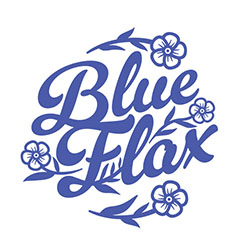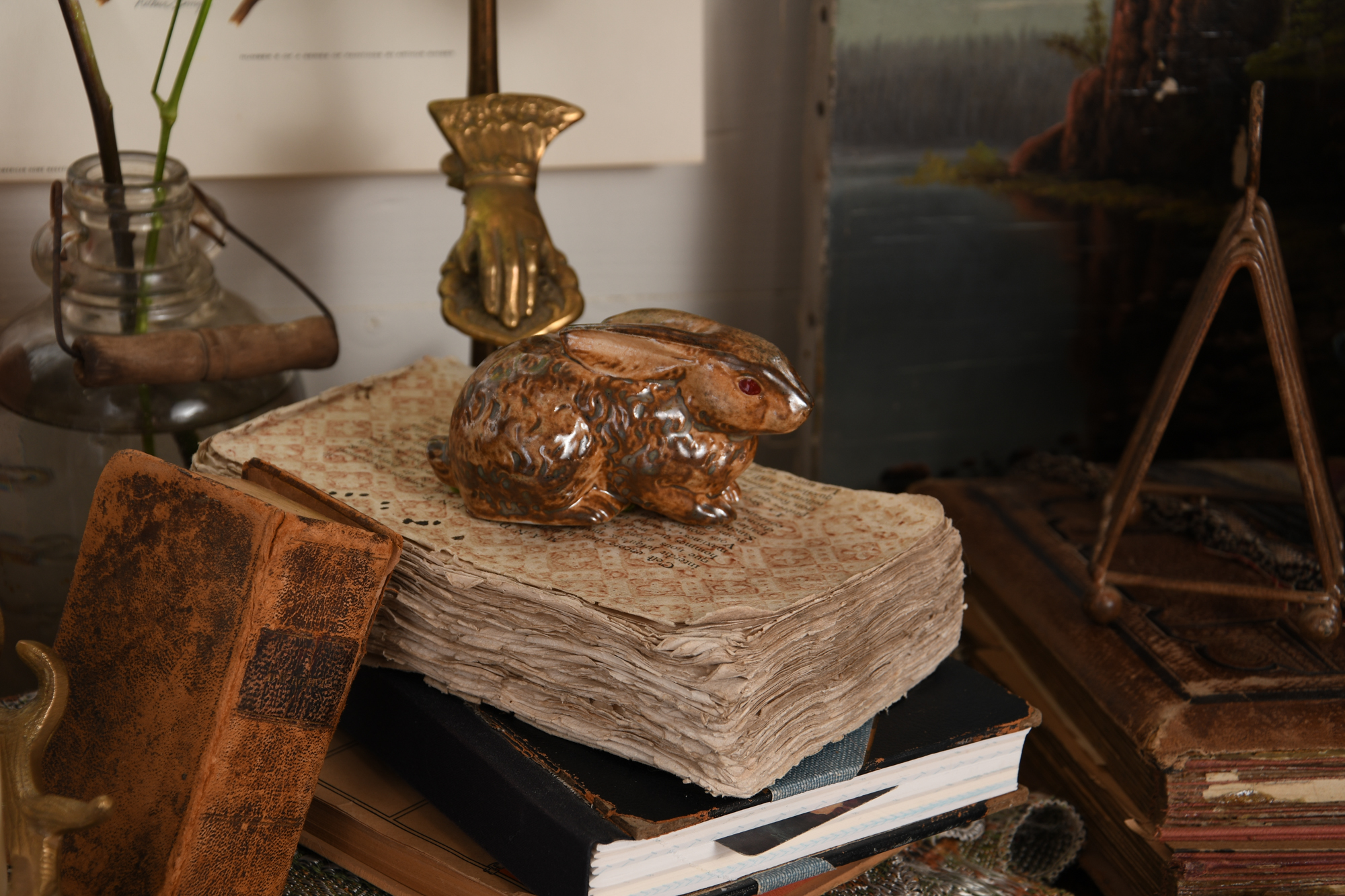Annotated books are either amazingly fun, or distressing. From an objective point-of-view, annotations, unless made by a very famous person, do not add value to rare, valuable books. But with in the context of the right book, it can be invaluable, and add extra meaning to the book experience.
Recently, while experimenting with a junk journal built on an existing, young adult fantasy novel, I realized in this context, annotating, could add an extra level to my journal. This was a book I never planned to read, yet it had words and phrases, and within the context of a journal, I could respond to those word, and generate content within a new context—my journal. This means I didn’t have to cover every single page of the existing book, but rather let it exist with it’s original words sans meaning.
Annotating books can transform reading into a more interactive, meaningful experience. Whether you’re an avid reader or love using your books as art canvases, as we are in this scenario, these techniques will help you connect with the text while adding your personal flair.
Here are a couple of creative techniques you could consider when annotating books (especially books that aren’t necessarily your favorite, or prized):
Color-Coded Tabs for Themes
Using sticky tabs in different colors to mark recurring themes or motifs is a game-changer. Assign each color to a specific topic, like romance, conflict, or character growth. Not only does this keep your thoughts organized, but it also creates a rainbow along the book’s edge—practical and beautiful!
Decorative Marginal Notes
Why stick to plain handwriting? Use colored pens, doodles, or even hand-lettered notes in the margins to jot down reactions, favorite quotes, or questions. This approach adds personality to your book while giving it a junk journal aesthetic. Plus, flipping through these lively pages later is a joy!
Washi Tape & Other Ephemera Highlights
Highlight meaningful sentences with washi tape instead of highlighters. Add stickers and scraps of paper. Match your mood with the ephemera of your choice.
Mixed-Media Collages
Combine journaling with annotation by creating mini collages on the blank pages or endpapers. Include elements like magazine clippings, stickers, pressed flowers, or fabric scraps. This technique is perfect for artistic souls, turning the book into a treasure trove of your creativity while reflecting the story’s essence.
Not ready to annotate a favorite book?
Not ready to write directly in your books? Create a separate notebook dedicated to your thoughts on the text. Incorporate sketches, ticket stubs, or themed ephemera to capture the book’s essence. This method lets you preserve pristine pages while still diving deep into the craft of annotation.
Try one or mix them all for a truly personalized bookish experience! Happy annotating!


0 Comments